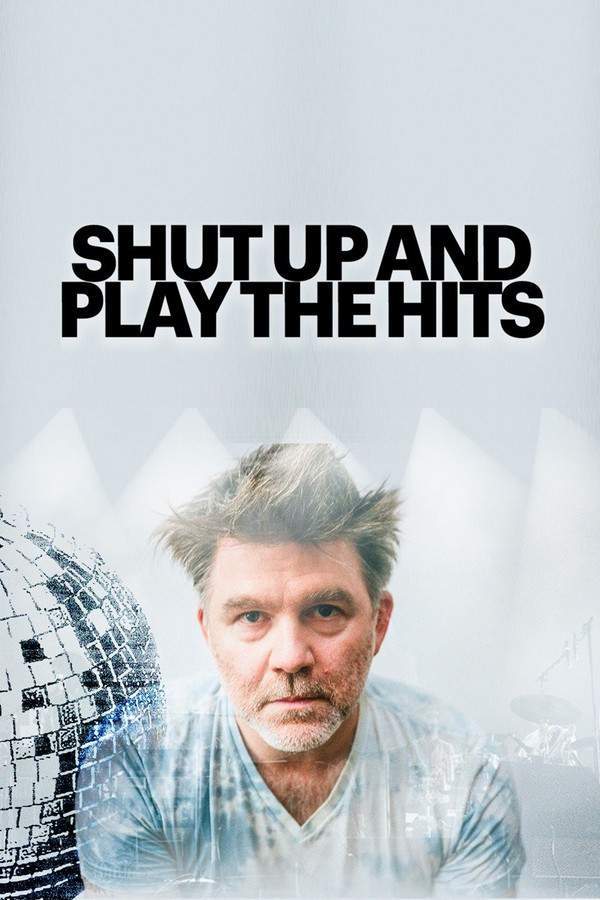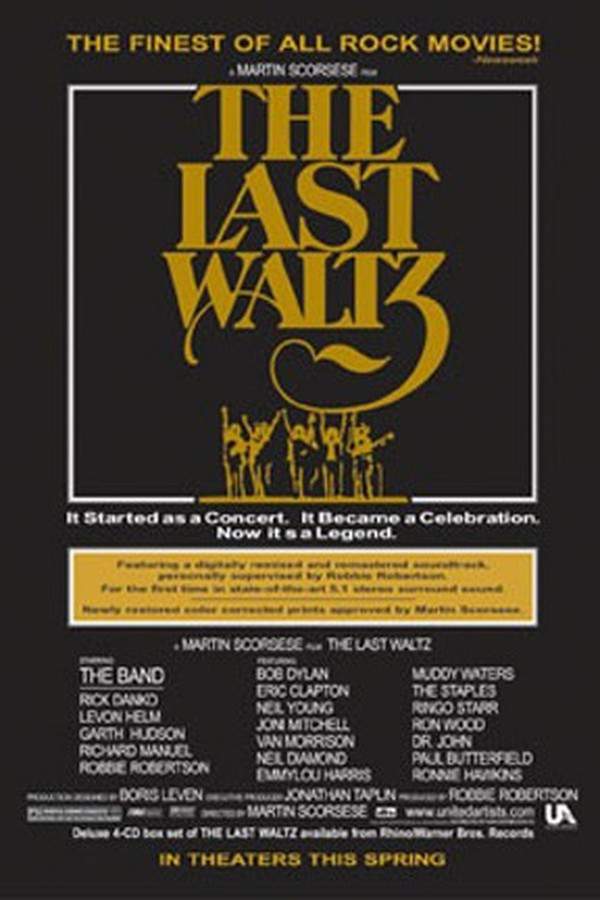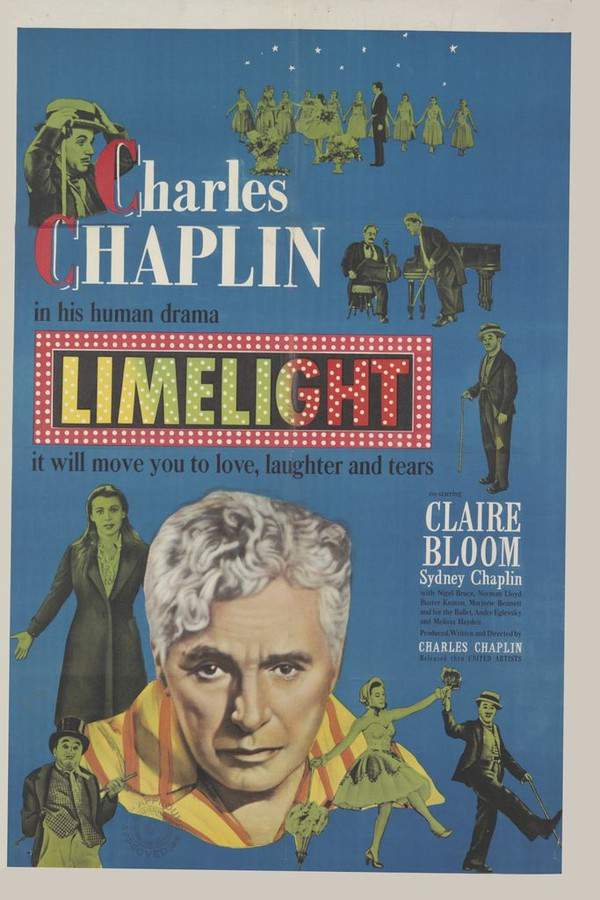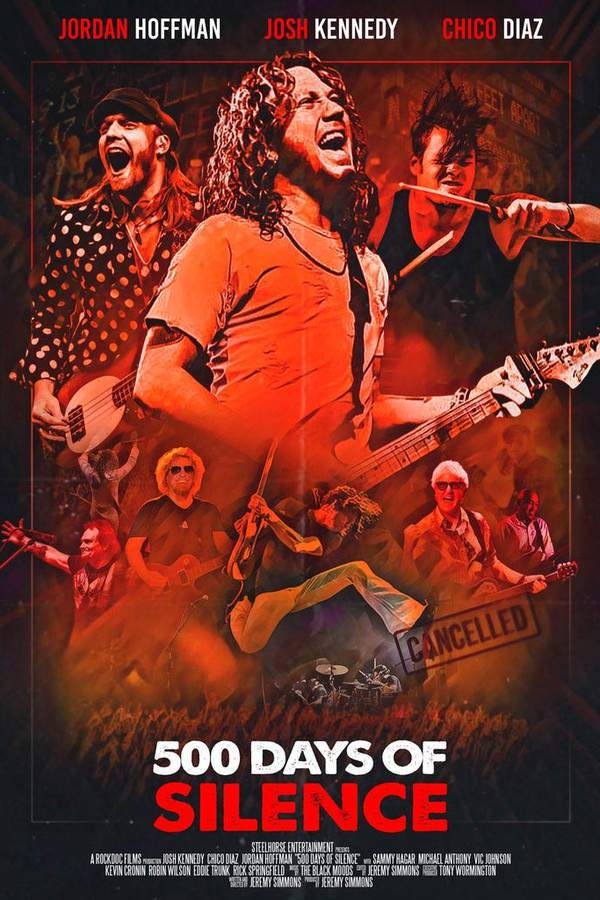
Shut Up and Play the Hits 2012
Directed by

Dylan Southern
Made by

Oscilloscope Pictures
Shut Up and Play the Hits Plot Summary
Read the complete plot summary and ending explained for Shut Up and Play the Hits (2012). From turning points to emotional moments, uncover what really happened and why it matters.
On April 2nd, 2011, LCD Soundsystem held their final performance at Madison Square Garden, a monumental event orchestrated by frontman James Murphy. In a bold move, he chose to dissolve one of the most impactful bands of their generation while they stood at the zenith of their success. This remarkable decision guaranteed that they would exit the scene on a high note, delivering their most grandiose concert to date.
The nearly four-hour sold-out spectacle not only thrilled the audience but also inspired tears of both joy and sorrow. NEW YORK magazine hailed it as “a marvel of pure craft,” while TIME magazine expressed a wistful sentiment with the words, “we may never dance again.”
SHUT UP AND PLAY THE HITS serves as both a cinematic documentation of this unique performance and an insightful look into James Murphy as he navigates the emotional tides leading up to the event, the aftermath, and the intimate personal and professional impacts of his choice. Directed by Dylan Southern and Will Lovelace, and produced by Lucas Ochoa and Thomas Benski of Pulse Films—the same innovators behind the acclaimed Blur documentary, NO DISTANCE LEFT TO RUN—the film offers a profound exploration of Murphy’s journey.
The executive producer for this project is Christine Vachon, known for her work on acclaimed films such as I’M NOT THERE, FAR FROM HEAVEN, and BOYS DON’T CRY. Other key figures include former LCD manager Keith Wood and The Creators Project.
The highly anticipated film is set to make its debut at this year’s Sundance Film Festival, marking a poignant moment in music history and the conclusion of an era for one of the defining acts of its time.
Shut Up and Play the Hits Timeline
Follow the complete movie timeline of Shut Up and Play the Hits (2012) with every major event in chronological order. Great for understanding complex plots and story progression.
Final Performance Announcement
On April 2nd, 2011, *LCD Soundsystem* announced their final performance was to be held at Madison Square Garden. Frontman James Murphy made the bold decision to dissolve the band, known for their immense impact on the music scene.
The Last Concert
The farewell concert turned out to be a nearly four-hour spectacle that captivated fans. This sold-out event was their most extravagant performance, showcasing their music and passion one last time.
Emotional Aftermath
The audience experienced a mix of emotions during the performance, with many shedding tears of joy and sorrow. It marked a defining moment, as fans understood the significance of this last show.
"A Marvel of Pure Craft"
*NEW YORK* magazine described the final performance as 'a marvel of pure craft.' The review highlighted the artistry and effort that went into creating one last unforgettable show for the devoted fans.
"We May Never Dance Again"
*TIME* magazine expressed a nostalgic sentiment about the event, stating 'we may never dance again.' This statement encapsulated the emotional weight of the evening for both the band and the audience.
Documentation of the Concert
The film *SHUT UP AND PLAY THE HITS* captures the essence of this monumental performance. It not only documents the concert but also delves into the emotional journey of James Murphy as he navigated the circumstances surrounding this farewell.
James Murphy's Emotional Journey
The film provides insight into Murphy's thoughts leading up to the concert. It showcases both personal and professional challenges he faced while making this life-altering decision.
Directed by Distinguished Directors
The documentary was helmed by directors Dylan Southern and Will Lovelace. Their unique vision sought to portray not only the concert but the impact of the band's dissolution on Murphy and his life.
Production Team Behind the Film
Produced by Lucas Ochoa and Thomas Benski from *Pulse Films*, the team is recognized for their work on acclaimed documentaries. They aimed to create a profound commentary on music and legacy.
Christine Vachon as Executive Producer
Christine Vachon, known for her contributions to critically acclaimed films, took on the role of executive producer for this documentary. Her experience brought additional depth to the project.
The Role of Former LCD Manager
Former LCD manager Keith Wood was also a key figure in the film's production. His insights and experiences contributed to a more intimate portrayal of the band's journey.
Sundance Film Festival Debut
The highly anticipated film is scheduled to make its debut at the Sundance Film Festival. This moment is not only significant for the film but represents a poignant chapter in the history of music.
Conclusion of an Era
The final performance and the subsequent documentary signify the end of an era for *LCD Soundsystem*. Their impact on music and culture remains profound, making the farewell performance even more momentous.
Shut Up and Play the Hits Characters
Explore all characters from Shut Up and Play the Hits (2012). Get detailed profiles with their roles, arcs, and key relationships explained.
James Murphy
James Murphy is the charismatic frontman of LCD Soundsystem, depicted as a contemplative and innovative artist. His emotional depth and leadership qualities shine through as he grapples with the impact of his decisions on both his band and the audience. Murphy’s journey reflects his commitment to authenticity in music and life.
Shut Up and Play the Hits Settings
Learn where and when Shut Up and Play the Hits (2012) takes place. Explore the film’s settings, era, and how they shape the narrative.
Time period
2011
The year 2011 was marked by significant cultural events and transformations, especially in the music industry. It witnessed the conclusion of prominent musical acts, reflecting changing landscapes in popular music, and the evolving tastes of audiences worldwide.
Location
Madison Square Garden, New York
Madison Square Garden, often referred to as 'The Garden', is an iconic multi-purpose indoor arena located in New York City. Known for hosting notable concerts and major sporting events, it is renowned in music history as a premier live performance venue where countless legendary musicians have graced its stage.
Shut Up and Play the Hits Themes
Discover the main themes in Shut Up and Play the Hits (2012). Analyze the deeper meanings, emotional layers, and social commentary behind the film.
🎤
Farewell
The theme of farewell permeates throughout the film as it documents the final performance of LCD Soundsystem. James Murphy's decision to disband the band at their peak symbolizes a deliberate and poignant exit from the limelight, resonating with the emotions of both the audience and the artist.
💔
Emotional Reflection
Shut Up and Play the Hits delves into the emotional landscape of James Murphy leading up to the concert and its aftermath. The documentary captures the bittersweet nature of his decision, offering insights into the personal struggles and joys tied to this chapter in his life.
Shut Up and Play the Hits Spoiler-Free Summary
Discover the spoiler-free summary of Shut Up and Play the Hits (2012). Get a concise overview without any spoilers.
In the heart of New York City, a storied indie‑rock collective takes the stage for what will become an unforgettable night, turning the famed arena into a living archive of a generation’s soundtrack. The documentary frames this moment with a reverent, almost cinematic intimacy, letting the soaring lights, the thrum of the crowd, and the lingering echo of each track paint a world where music isn’t just heard—it’s felt. The film’s canvas is the arena itself, a cathedral of pop culture where every cheer and sigh becomes part of a larger, shared memory.
At the center of this tableau stands James Murphy, the band’s enigmatic frontman whose quiet determination and restless creativity have defined the group’s rise. Murphy’s choice to end the band’s journey at the pinnacle of fame creates a palpable tension between celebration and farewell, inviting the audience to contemplate the weight of artistic legacy. Through candid moments and reflective interludes, the documentary reveals a man wrestling with the paradox of wanting to preserve a perfect moment while confronting the inevitable passage of time.
Guided by directors Dylan Southern and Will Lovelace, the film adopts a blend of concert footage and behind‑the‑scenes observation that feels both grand and personal. Their lens captures not only the explosive energy of the performance but also the hushed backstage conversations, the fleeting glances among longtime collaborators, and the raw emotions that ripple through both musicians and fans. The involvement of seasoned producers like Christine Vachon adds a layer of thoughtful storytelling, ensuring the narrative maintains a balance between spectacle and quiet introspection.
The overall tone is one of bittersweet reverence, a celebration that never shies away from its own melancholy. The soundtrack becomes a character in its own right, echoing the collective’s pulse while underscoring the delicate dance between triumph and goodbye. The result is an immersive portrait that invites viewers to experience the awe of a final encore and the lingering resonance of a cultural moment that refuses to fade.
Movies with Similar Twists and Themes
Uncover films that echo the narrative beats, emotional arcs, or dramatic twists of the one you're exploring. These recommendations are handpicked based on story depth, thematic resonance, and spoiler-worthy moments — perfect for fans who crave more of the same intrigue.
Featured on this page

What's After the Movie?
Not sure whether to stay after the credits? Find out!
Explore Our Movie Platform
New Movie Releases (2025)
Famous Movie Actors
Top Film Production Studios
Movie Plot Summaries & Endings
Major Movie Awards & Winners
Best Concert Films & Music Documentaries
Movie Collections and Curated Lists
© 2025 What's After the Movie. All rights reserved.









